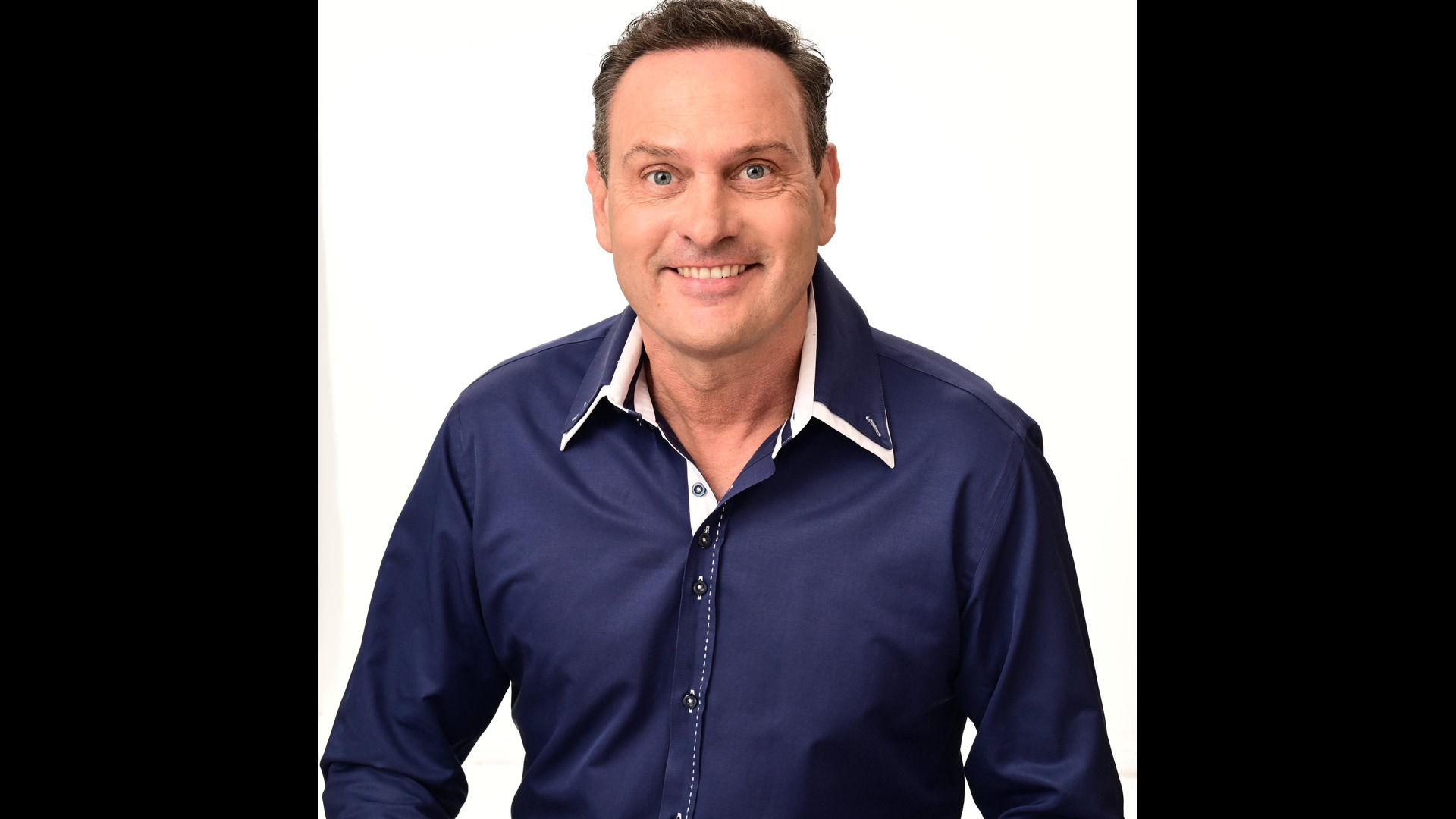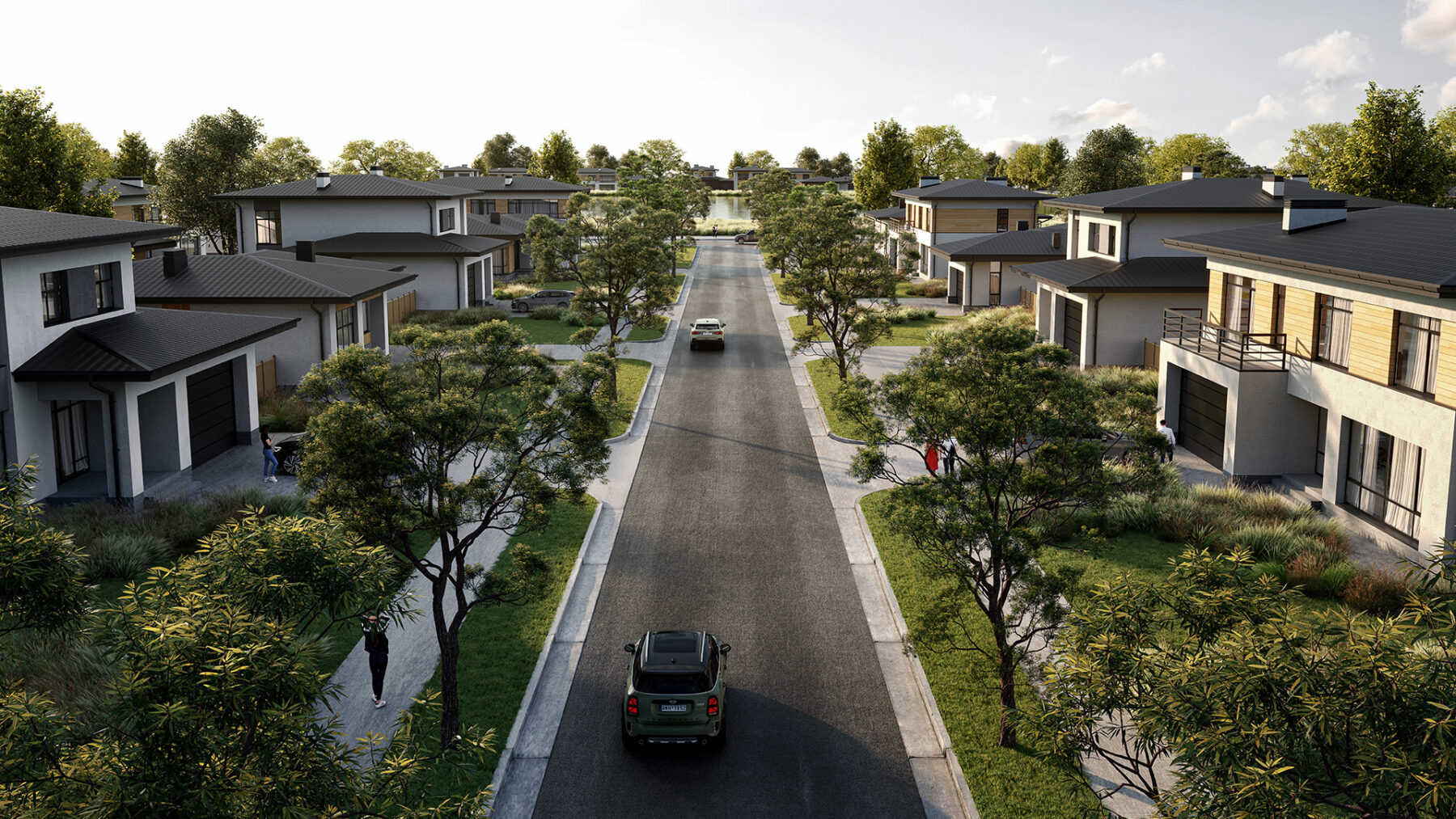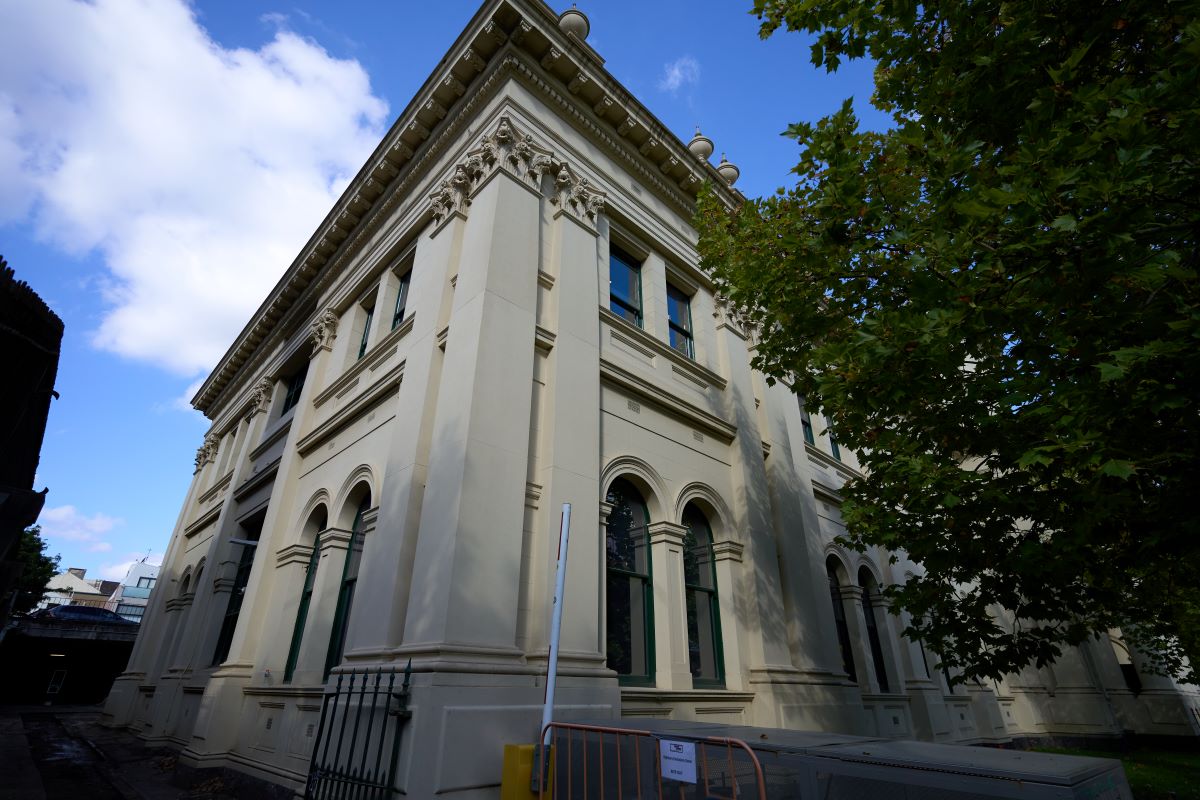Institutions upping their interest in Australia’s dynamic seniors living sector
25 September 2024
Caption: Aveo, The Newstead Residences, Brisbane – Exterior
Institutional investors are being drawn to the sector, capitalising on its strong fundamentals including rising demand, an undersupplied market and robust operating and financial metrics.
Institutional investors, including local and offshore interests, are targeting Australia’s increasingly attractive seniors living sector on the back of an ageing population and improving financial and operating conditions, according to a new report from JLL – Seniors living – one piece of the living puzzle.
Multiple high profile portfolios have been put onto the market in H2 2024 and JLL estimates transaction volumes to reach a record high of AUD 4 billion if all portfolios exchange in 2024. This will follow positive momentum in the sector with the successful divestment of Aveo Retirement Villages South Australian assets to Uniting Church for AUD 122 million in mid-August.
Upcoming transactions being monitored by JLL in the sector include reports that Brookfield is selling its Aveo Retirement Villages for in excess of AUD 3 billion. Infratil and NZ Super Retire are also in the process of divesting RetireAustralia (28 villages) with a portfolio book value for AUD 802 million.
Simon Quinn, JLL’s Head of Alternative Investments – Australia said the market presented an exceptional opportunity for investors to capitalise on a sector underpinned by strong fundamentals including favourable demographics and strong operating and financial metrics driven by structural undersupply.
“The manufactured housing estates (MHE) sector, in particular, is becoming increasingly accepted as a viable affordable option and is gaining the attention of institutional capital, local and offshore, a cohort which now dominates transaction volumes,” Mr Quinn said.
MHEs are typically marketed towards the 55-plus age group and are seen as an alternative to retirement living. The occupants own the home and lease the land, are exempt from stamp duty and generally retain capital gains upon sale.
Mr Quinn said multiple joint ventures had arisen, driven by strong market fundamentals including stable income potential and market resilience, including most recently an alliance between Gaw Capital Partners and GreenFort Capital to acquire and develop an $800 million pipeline of work. Stockland and Invesco Real Estate were also partnering in a joint venture.
Returns more predictable
Mr Quinn said improvements in the consistency of cash flow, in part driven by a more diverse resident base in mature aged villages, had contributed to a more predictable financial outlook for investors and operators of retirement villages.
“This steadiness in cash flows contributes to a more predictable financial outlook and allows for reliable projections of revenue, making it easier to plan for expenses, investment returns and overall financial stability.”
In addition, he said, despite macro-economic headwinds the popular MHE sector had proven resilient with capitalisation rate softening significantly less than the core property sectors.
“JLL believes the current devaluation cycle is likely to be reaching its trough with MHE capitalisation rates sitting notably sharper than other sectors,” he said.
JLL Alternatives Research Manager and report author Chamali De Alwis said the key to the stronger investment sentiment was overwhelmingly driven by Australia’s aging population.
“The number of Australians aged between 65 and 84 is forecast to more than double and the number aged 85-plus to more than triple over the next 40 years (Intergenerational Report 2023).
“Those numbers alone are going to continue to drive strong demand in the medium-to-long term,” Ms De Alwis observed.
However, while demand continued to rise, supply is going in the other direction, she said.
“Only 20,800 units are in the various stages of development and due for completion by 2030, and most of these are only in the preliminary DA approval/submitted stages,” Ms De Alwis said.
“Stock will need to almost double between now and 2071 just to maintain current penetration rates. At the current supply rate – 5,030 units per year – it is highly unlikely we are going to meet the growing demand.”
Surge in MHE development across Victoria and Queensland
The report found relatively more viable land acquisition and construction costs, as well as older demographic, had driven a surge in MHE development across Victoria and Queensland.
According to JLL Director Alternatives – Value and Risk Advisory – Australia, Alex Wheeler, of the 50-plus MHE communities earmarked for development nationally across major operators and landlords, Victoria accounted for 43 per cent and Queensland 31 per cent.
“In addition, there are a number of smaller groups actively expanding their portfolios through both greenfield development and acquisition of existing stock,” he said. “It’s also likely we’ll see a divergence in the quality of stock across the sector appealing to different target markets including luxury offerings which have been a key driver of recreating the stigma around seniors living in Australia.”



